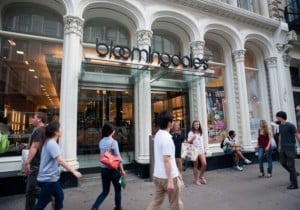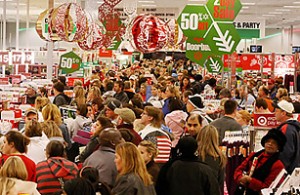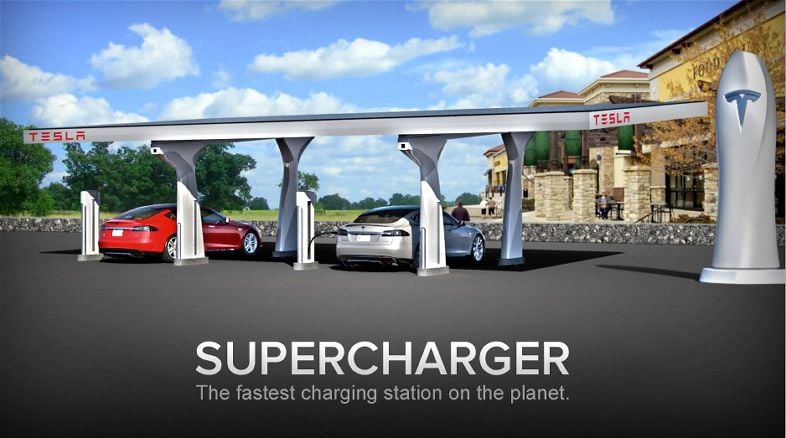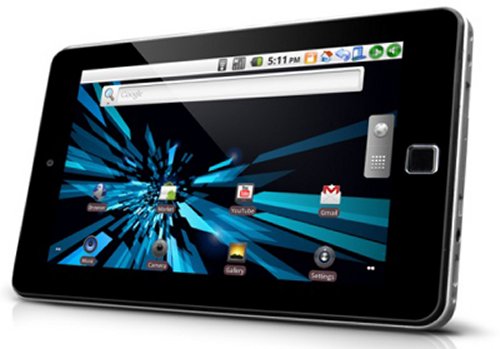It comes as no surprise that Apple has done extremely well over the past year. They have released a new iPad, the iPhone 5, and are now apparently gearing up to release the all new iPad Mini.
There have been many rumors circulating around the release of the new Apple product. However, none of them can be stamped with a guarantee. Apple has been very quiet when it comes to questions about the new iPad Mini. There are many speculators out there though. Some of these speculations are as follows:
- The Screen: The screen of the iPad Mini will be smaller than the previous iPad models. It is said to be roughly 7.85 inches (diagonally). This does not seem to be a shocker though, it is called the “mini.”
- No Retina Display: The iPad Mini will not have the same screen resolution as the previous iPad models. The newest Apple products are highly valued for the excellent screen quality.
- The Lightning Port: This is a new feature that is also part of the iPhone 5. The Lightning Port is where the iPad Mini will connect to supplementary technology, as well as chargers.
- Storage: The iPad Mini will most likely fall in line with other Apple products. The model(s) will most likely be available with 16, 32, or 64 GB storage components.
The iPad Mini seems to be a great idea to the naked eye. People say it will be more convenient than the original iPad and easier to use. There are also many rumors circulating that say the iPad Mini was designed so that it can be marketed to children and people who might have a lower income. The iPad will be cheaper given the size of the product. This could allow for lower income consumers to purchase and use the Apple product. It is also said that the iPad Mini is going to be marketed to lower level educational institutions. The smaller size of the iPad Mini allows for it to be more functional with children and young teenagers. The interaction between child and technology allows for more efficient teaching inside and outside of these educational institutions.
Although this product sounds amazing, there are many questions that come along with it. There are a number of skeptics who are saying the iPad Mini is just simply a scam. It is nothing but a shrunken version of the iPad. It also seems to be very convenient for Apple to be releasing this product, which is going to be heavily marketed towards children, right around the holiday season. The consumers will not only have to purchase the iPad, but they will also have to purchase the new adaptors for the new Lightning Port. This being one more thing the consumer has to spend money on.
Apple is well aware of what they are doing. They know that people have millions of accessories for their Apple products. The release of new products that require adaptors is a whole new revenue stream for Apple. Old products are going to be replaced by new products that are able to function with the new Lightning Port. Some of these adaptors already cost upwards of $3o.00. This is interesting too because Apple has to now forecast a whole new sector of business. The Lightning Port provides Apple with a whole new realm of consumer purchases. Adaptors will need to be produced and consumers will purchase them. The iPad Mini also requires a new level of forecasting. If they are in fact going to market to a younger generation, they will have to compensate for many younger age groups, schools, and other institutions.
Apple is the only one who can support or disprove these speculations. However, one could still ask – what do you think? Is Apple just trying to pull a fast one?
Source: http://www.informationweek.com/hardware/handheld/ipad-mini-what-we-know/240008988








